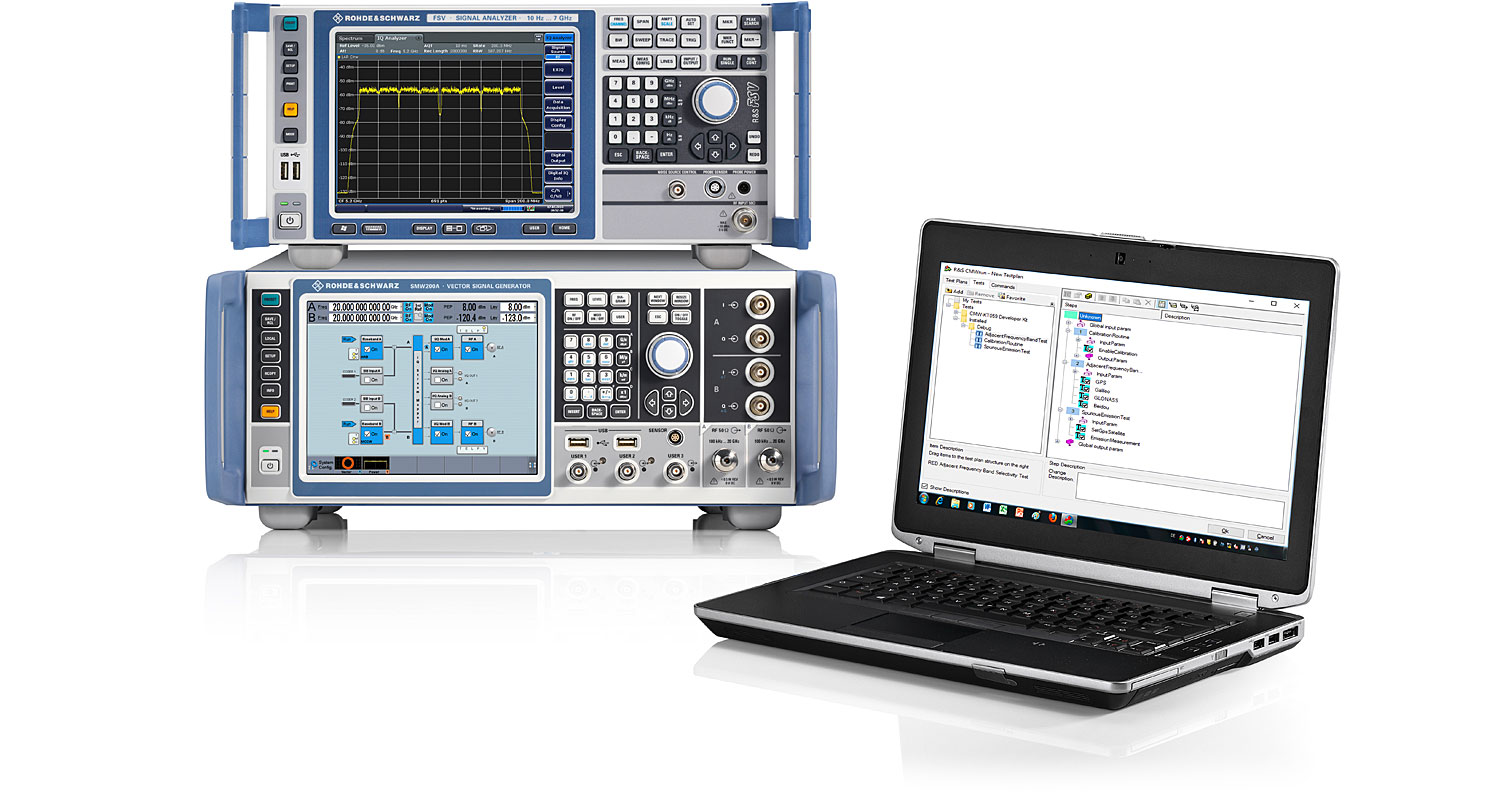
Key Facts
Brief Description
What is different when testing GNSS receivers? Currently, the bands adjacent to GNSS frequencies are not used by high-power signals, and there exists no legislation on the receiver performance. Therefore, many low-cost GNSS receivers are highly susceptible to interference. This prevents the regulatory authorities from assigning these bands to new services, like mobile broadband services, which contradicts the goal of efficient spectrum usage.
To achieve the goal of increased spectral efficiency, the European Commission agreed on a directive (RED 2014/53/EU Article 3.2.), which requires all GNSS receivers to guarantee a certain resilience against (legal) interference from neighbor bands. When active, this directive requires all classes of GNSS receivers (navigation devices, mobiles, GPS based watches, high-end measurement instruments, any other devices using GNSS, etc.) to be certified and fulfill this requirement in accordance to ETSI EN303413.
To obtain the CE mark all receivers sold in European Union that were newly designed or modified after June 13th 2017 have to ensure that they fulfill this directive.
GNSS receiver manufacturers can self-certify compliance of their GNSS receivers or test it at a notified body (validated test houses).
The R&S®GNSS-RxT test system is a scalable and re-usable solution ready to address the diversified market of GNSS receiver testing. No matter what the device under test is, it´s all about preferable conducted GNSS receiver spurious and adjacent frequency band selectivity testing.